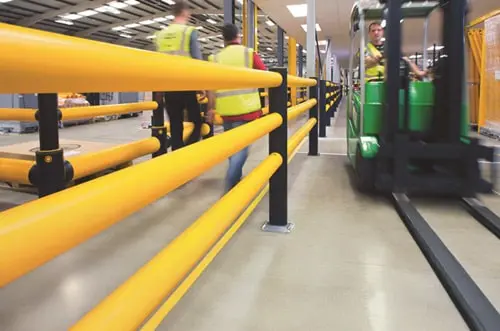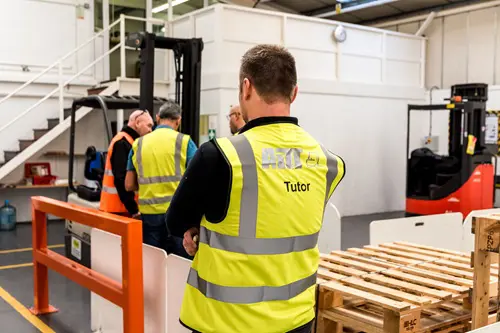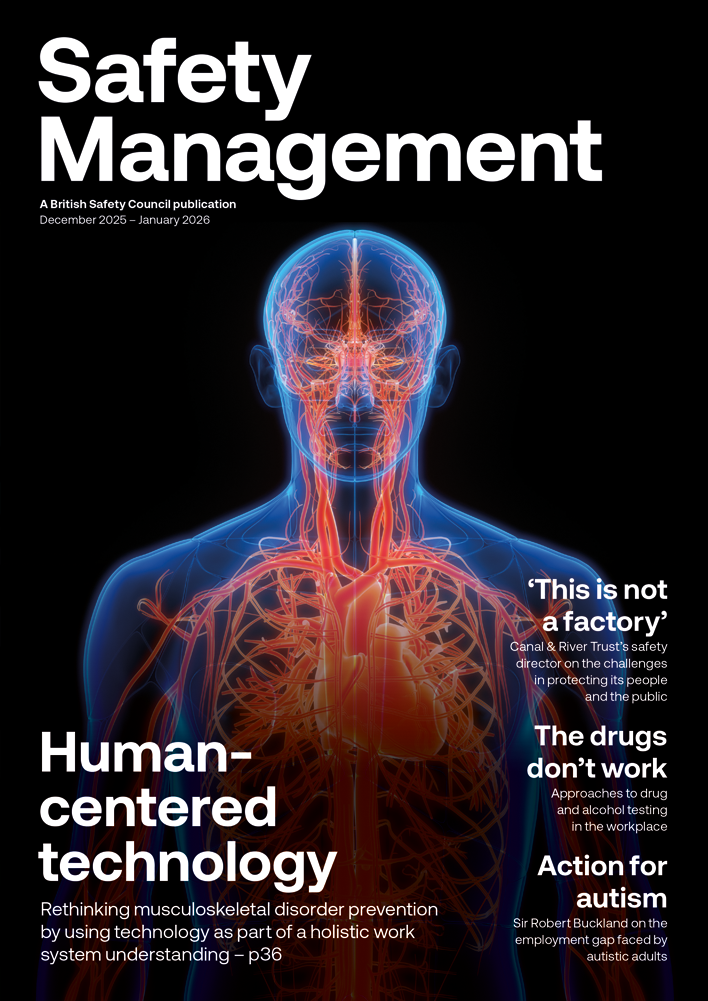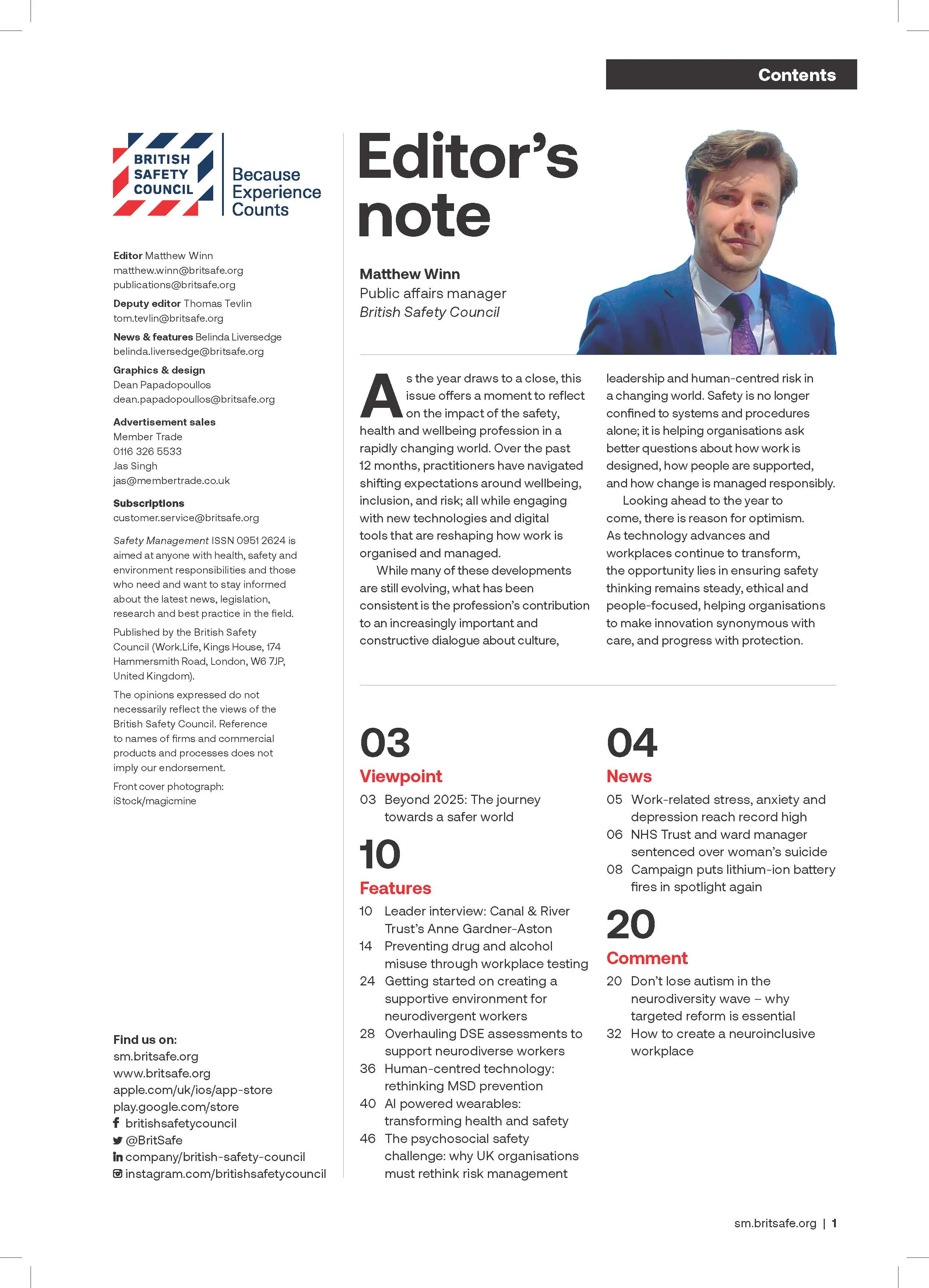Workplace and facilities management professionals play a vital role in creating and maintaining a ‘Golden Thread’ of digital information to ensure the ongoing safety of occupied higher-risk residential buildings. Now, new tools and guidance have been published to ensure everyone adopts a standardised approach when drawing together the required data and information.
Features
Not leaving it to the Fates: the Golden Thread unspun?
In ancient Greece, the Fates were three powerful beings who could control the destiny of individuals. Clotho, one of the Fates, span the Golden Thread of life, which controlled the ultimate destiny of an individual.
As built environment professionals, we may lack the prophetic powers of the Fates, but we do all hold the Golden Thread of destiny for the buildings we plan, build, occupy and maintain. Our Golden Thread, although not as concrete a metaphor as that used in the legends, has a greater impact on those living, working and studying in these buildings.
This Thread is crucial to the Building Safety Act: to have clear and accessible information showing that the completed buildings and any modifications meet the applicable building regulations. It is crucial too in setting out the building safety risks, especially regarding fire or structural issues.
 It is in the building's occupation stage where workplace and facilities management professionals can make the most impact. Photograph: iStock
It is in the building's occupation stage where workplace and facilities management professionals can make the most impact. Photograph: iStock
While all those involved in the planning, design and construction of a building are crucial stakeholders and spinners of this Golden Thread, it is in the occupation stage (which could be decades depending on a structure’s design lifecycle) where workplace and facilities management professionals can make the most impact. It is their job to ensure the effective operation of the facility in line with business requirements and legislation, and to draw together new and existing data sources across all domains to meet this goal.
Harmonisation and consistency are crucial
While the Fates could spin their thread from thin air, for us data sharing, harmonisation and consistency are crucial in maintaining our Golden Thread. Drawing from industry expertise and aligning with guidance and standards such as ISO19650 and various extant safety standards, the Building Safety Alliance (BSA) has recently released free to download tools and guidance to support the ‘Golden Thread’ concept.
The BSA is a cross-sector collaboration of leading industry figures and various associations and bodies, and their guidance sets out a definitive list of documents and information sources used by industry, identifying the key data which needs to be specified for the Golden Thread information requirements.
This initial guidance is aimed at a technical audience familiar with the legislation and its Golden Thread requirements, and it’s a soft launch. All stakeholders are invited to work collaboratively and adapt this standardised approach to the wider range of users and personas in the built environment that need to meet Golden Thread duties.
 Andrew Gladstone-Heighton: "The Golden Thread is crucial to the safety of everyone who may be using our spaces."
Andrew Gladstone-Heighton: "The Golden Thread is crucial to the safety of everyone who may be using our spaces."
Not only is this an essential component for ‘soft landings’, the seamless transition from construction to occupation phases of a project, but key in ensuring that the Golden Thread remains unbroken, and all stakeholders involved in the maintenance and upkeep of a building can ensure its safe and compliant operation, in line with the Building Safety Act.
So rather than being at the whims of the Fates, we ourselves spin the Golden Thread that is crucial to the safety of everyone who may be using our spaces. Through adoption of these standards and the training and development IWFM offer, we can play our crucial role in making the best use of our built environment.
Download the BSA’s guidance and tools at:
buildingsafetyalliance.org.uk
For more information on the work of the IWFM, see:
iwfm.org.uk
linkedin.com/company/iwfm/
@IWFM_UK
Andrew Gladstone-Heighton is Head of policy and insight at the Institute of Workplace and Facilities Management (IWFM)
FEATURES

Underpinning safety training with neuroscience for long lasting impact
By SSE Active Training Team (ATT) on 30 November 2025
A behavioural safety training programme developed by Active Training Team for energy provider SSE has been carefully designed with neuroscientific principles in mind – resulting in a prestigious industry award for Best Training Initiative in 2024.

Why a painted line will never be enough
By UK Material Handling Association (UKMHA) on 20 November 2025
Businesses that operate material handling equipment like forklifts are being urged to submit accident and near miss details to a new confidential reporting portal so the industry can identify what needs to be done to improve safety standards.

Why workplace transport training is changing in 2026 and what it means for employers
By AITT on 26 November 2025
New workplace transport training categories due in January mean it is essential to ensure operators of material handling equipment have the necessary training for the exact type of machine they use, and accredited training providers are an ideal source of advice and conversion training.



